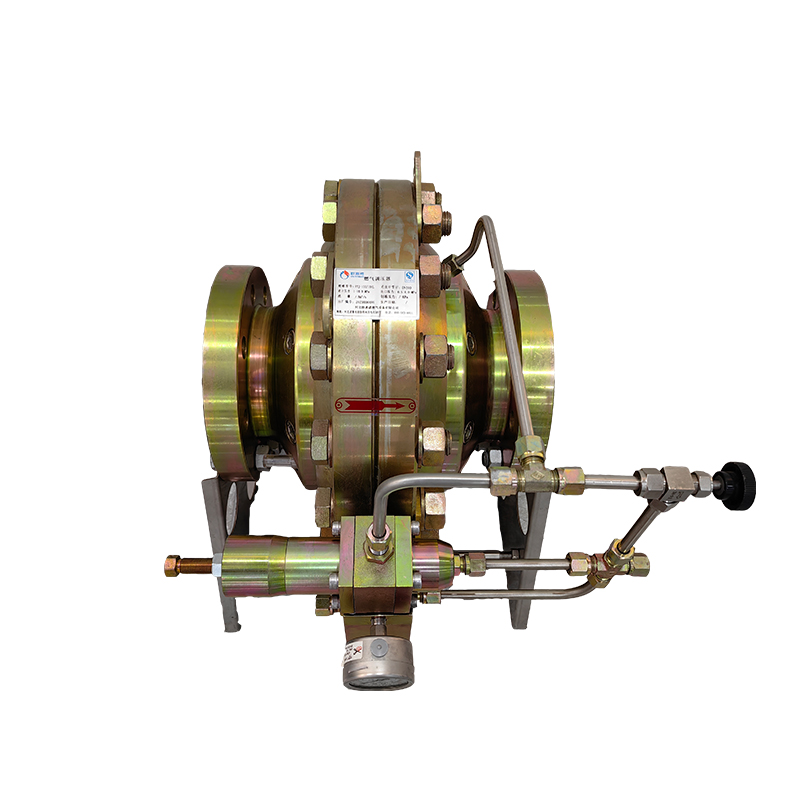
Dec . 09, 2024 20:59
Back to list
Pressure Pipe Design and Optimization for Industrial Applications
Understanding Pressure Pipes An Essential Component of Modern Engineering
Pressure pipes are critical in various industries, serving essential functions in the transport of fluids ranging from water to chemicals, and even gases. Their primary role is to convey substances under pressure, which is a fundamental requirement in systems requiring high efficiency and reliability. This article explores the significance, design, and applications of pressure pipes, shedding light on their importance in modern engineering.
The Significance of Pressure Pipes
Pressure pipes are designed to withstand internal pressures created by the fluids they transport. This feature is crucial, considering that many industrial processes operate under extreme conditions. The failure of a pressure pipe can lead to catastrophic consequences, including leaks, spills, and even explosions. Thus, understanding the properties and limitations of materials used in pressure pipes is vital to ensuring safety and effectiveness.
Material selection plays a crucial role in the manufacturing of pressure pipes. Common materials include metals such as stainless steel, carbon steel, and various alloys, as well as non-metallic options like PVC, HDPE, and fiberglass. Each material offers distinct advantages; for example, stainless steel provides excellent resistance to corrosion, making it suitable for transporting aggressive chemicals, while PVC is lightweight and resistant to a variety of corrosive substances.
.
The design process for pressure pipes must consider several factors, including the expected pressure, temperature, and the type of fluid being transported. Engineers must follow standardized codes and regulations, such as those outlined by the American Society of Mechanical Engineers (ASME) and the American National Standards Institute (ANSI), to ensure the integrity and safety of the piping systems.
أنبوب الضغط

Pressure ratings, commonly referred to as schedule, indicate the pipe’s ability to withstand internal pressure. For instance, a higher schedule number reflects a thicker wall, which enhances the pipe's strength but may also increase weight and cost. Engineers must balance these factors to optimize performance while ensuring that the piping remains cost-effective and practical for the specific application.
Applications Across Industries
Pressure pipes are utilized across a wide range of industries, including water supply, oil and gas, pharmaceuticals, and manufacturing. In the oil and gas sector, for example, pressure pipes are used extensively for transporting crude oil, natural gas, and refined products. These pipes are typically subjected to significant pressures and must be designed to withstand harsh environmental conditions, including extreme temperatures and corrosive environments.
In the water supply and treatment industry, pressure pipes are essential for distributing potable water and for the proper functioning of sewage systems. Properly designed pressure piping systems help prevent leaks and ensure a reliable supply of water, which is crucial for public health.
In the pharmaceutical industry, high-purity piping systems are required for transporting active ingredients and solvents without contamination. This necessitates rigorous testing and quality assurance processes to maintain compliance with industry standards.
Conclusion
In summary, pressure pipes are an indispensable part of modern engineering and industry. Their ability to safely transport fluids under varying conditions is crucial for the functionality and safety of countless applications. As technology advances, the materials and design principles governing pressure pipes continue to evolve, ensuring that they meet the growing demands of different industries. Understanding these elements is vital for engineers and technicians aiming to maintain the integrity and efficiency of pressure piping systems.
Latest news
-
Safety Valve Spring-Loaded Design Overpressure ProtectionNewsJul.25,2025
-
Precision Voltage Regulator AC5 Accuracy Grade PerformanceNewsJul.25,2025
-
Natural Gas Pressure Regulating Skid Industrial Pipeline ApplicationsNewsJul.25,2025
-
Natural Gas Filter Stainless Steel Mesh Element DesignNewsJul.25,2025
-
Gas Pressure Regulator Valve Direct-Acting Spring-Loaded DesignNewsJul.25,2025
-
Decompression Equipment Multi-Stage Heat Exchange System DesignNewsJul.25,2025

